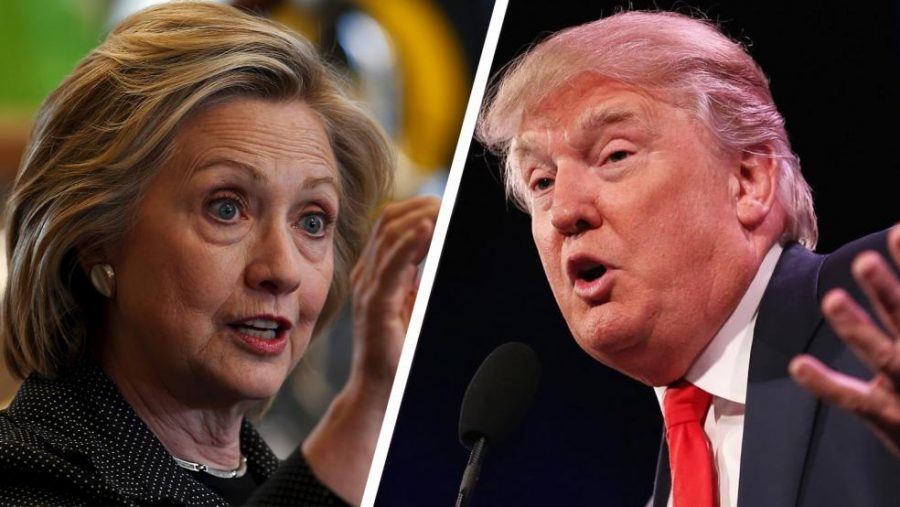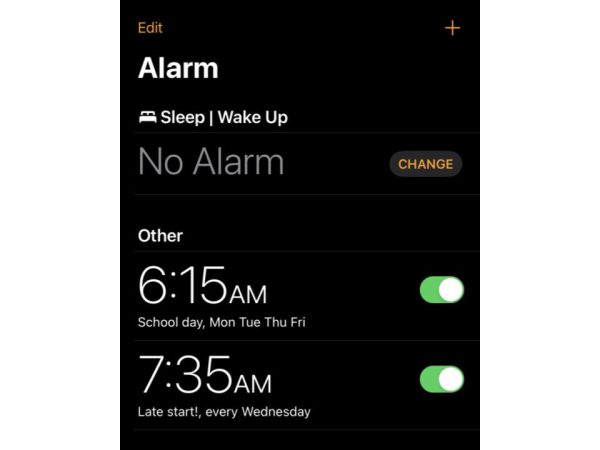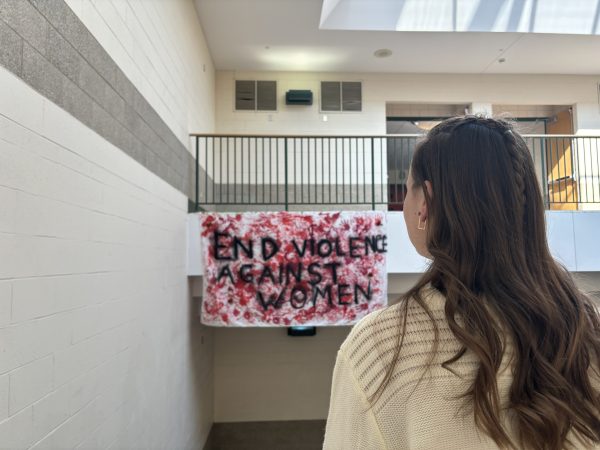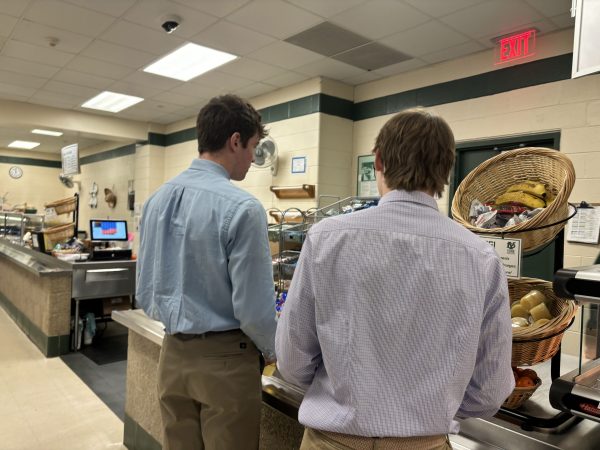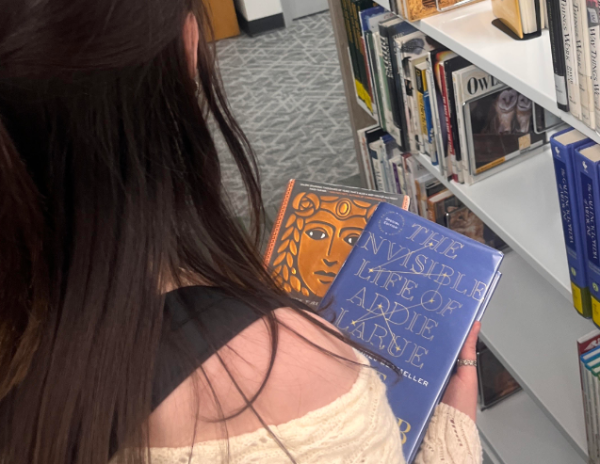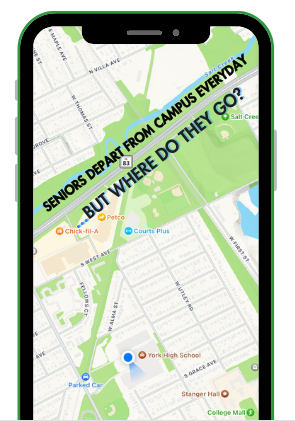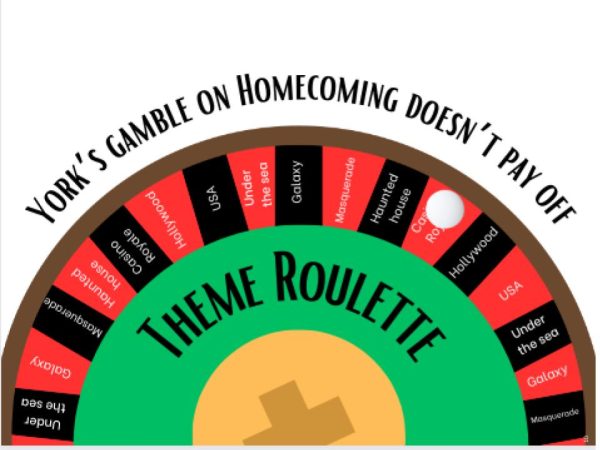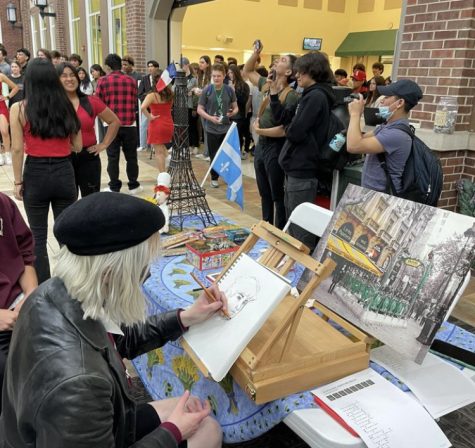After a Divisive Election, Can We Unite?
Throughout this election cycle, one thing has permeated every corner of the political spectrum, from the most gun-slinging Republicans to the most tree-hugging Democrats to the most freedom-loving Libertarians: fear. Fear of what would happen if the other party wins. In the aftermath of the Trump victory, the fear and hatred on both sides are blatantly obvious. But, as Franklin Delano Roosevelt famously said, “the only thing we have to fear is fear itself.” In American politics, this fear of the political “enemy” has been more harmful to our democracy than any one candidate could be.
After an election that contained more fear of the political enemy than ever, our nation’s leaders are urging us to unite. Hillary Clinton has said that “we owe him [Donald Trump] an open mind and the chance to lead.” Obama has said, “we are now all rooting for his success in uniting and leading the country.” Trump has announced, “now it’s time for America to bind the wounds of division; [we] have to get together.”
However, the statistics, even those from before this election, may tell a darker story than our leaders do. In a political science paper published in PLOS ONE, political scientists analyzed the lack of bipartisan cooperation in the House of Representatives. In order to communicate their findings more effectively, they created an extraordinary graphical representation of their data, displayed below. They found that cooperation between people of different parties is lower than it has ever been. This lack of cooperation can be seen in the number of bills passed. The number of bills passed by congress is also historically low.
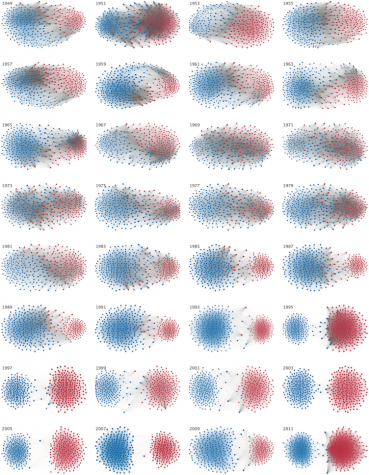
Is this extraordinary polarization shared by York students? Well, the first thing to note is that not all people are as partisan as it may seem. In the York mock election, Clinton, a Democrat, won the presidency, but Kirk, a Republican, won the Senate seat. This means that people were casting split ballots (ballots where not all the people for whom you vote are of the same party). This reaching across the aisle represents a ray of hope; however, there are also partisan politics at York. When asked about Trump supporters, one student, speaking for many, said that “oftentimes they tend to be the kind of very stereotypical white male rednecky [sic]…that seems to be the majority of his supporters; however, I’m sure that’s just a large generalization.”
Hopefully, our students can recognize this issue and and apply solutions to their politics, their beliefs, and their lives. Good luck America!


